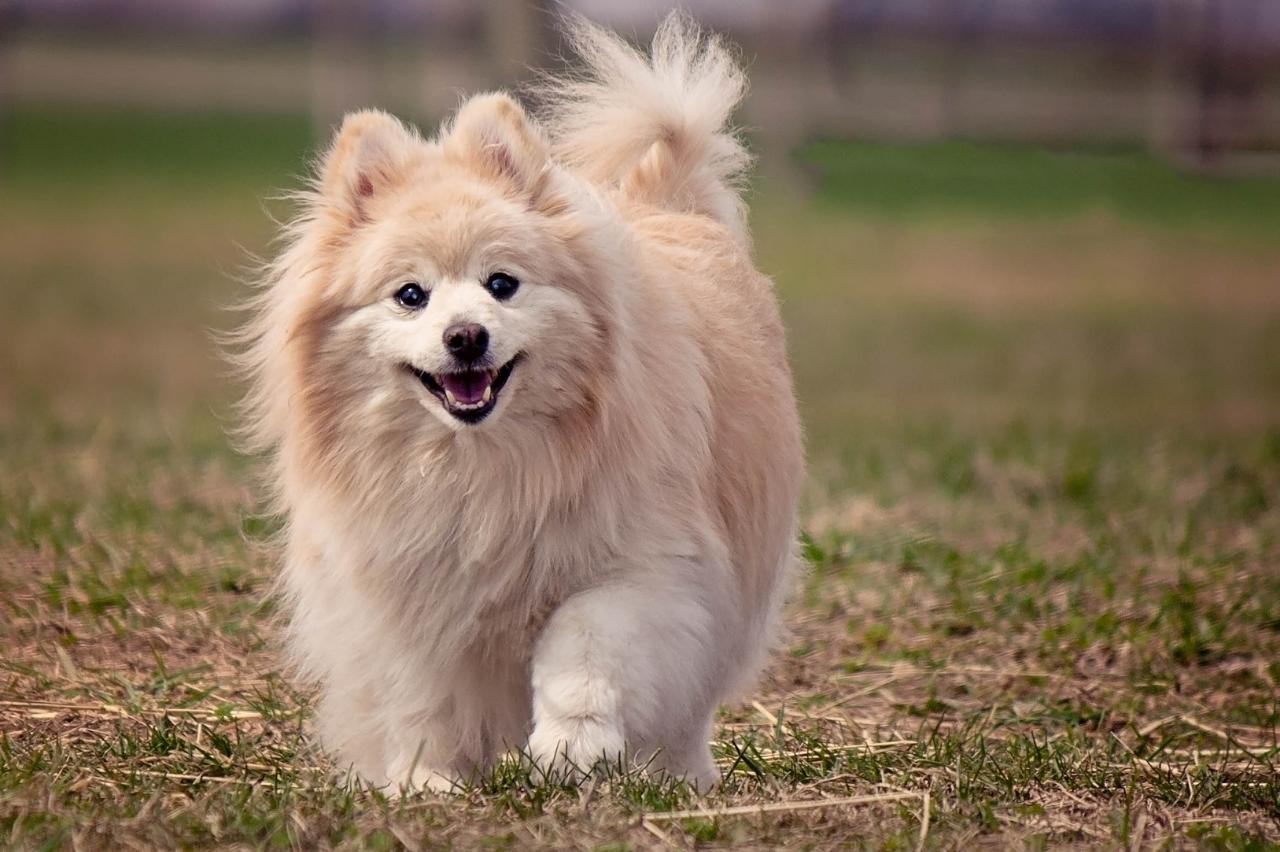 Shutterstock
Shutterstock
Dog intelligence has fascinated and puzzled people for centuries, but misconceptions about dogs’ cognitive abilities continue to circulate despite extensive research. Common myths—like the idea that intelligence is only about obedience or that only certain breeds are “smart”—often cloud our understanding of dogs’ mental capacities. In reality, dog intelligence is multifaceted and influenced by various factors, including problem-solving skills, adaptability, and social awareness. Breaking down these myths allows us to better appreciate the unique intelligence of each breed and understand our furry companions more deeply.
Only Certain Breeds Are Intelligent
 Shutterstock
Shutterstock
One of the most persistent myths is that only specific breeds, like Border Collies or German Shepherds, are truly intelligent. While it’s true that some breeds excel in certain areas, every dog breed has unique skills and strengths. Intelligence is not just about obedience or learning tricks; it’s also about problem-solving, social intelligence, and adaptability. For example, scent hounds like Beagles may not perform obedience tasks as eagerly as a Golden Retriever, but they have an incredible sense of smell that demonstrates a different type of intelligence. Each breed has its way of being smart, and it’s time we celebrate those differences.
Obedience Equals Intelligence
 Shutterstock
Shutterstock
Many people assume that a dog’s intelligence can be measured by how well they follow commands, but obedience and intelligence are not the same. Some dogs may be highly obedient due to their eagerness to please, but this doesn’t necessarily mean they’re smarter than dogs with a more independent nature. Breeds like Huskies and Terriers, known for their independence, may seem less obedient, but they often excel in problem-solving and have strong instincts. Intelligence in dogs can be complex, and focusing solely on obedience overlooks many other valuable skills and qualities.
Older Dogs Can’t Learn New Tricks
 Shutterstock
Shutterstock
There’s a common saying that you “can’t teach an old dog new tricks,” but this simply isn’t true. Older dogs are fully capable of learning new skills; they just may need a bit more patience and encouragement. Dogs of all ages can learn and adapt, although the learning process may vary. Training can also be a wonderful way to keep older dogs mentally stimulated and active. With the right motivation and positive reinforcement, senior dogs can learn tricks just as well as younger ones, proving that intelligence and adaptability don’t diminish with age.
Dogs Only Respond to Food Rewards
 Shutterstock
Shutterstock
While food rewards are often effective motivators for training, it’s a myth that dogs can only learn through treats. Dogs are also motivated by praise, play, and affection, and some may even prefer these forms of reward over food. High-energy breeds, for example, might be more motivated by a game of fetch than a treat. Using a variety of rewards tailored to your dog’s preferences can enhance their learning experience and demonstrate that their intelligence isn’t limited to responding only to food. Dogs respond to different motivators, and understanding what drives them is a testament to their diverse personalities.
Small Dogs Are Less Intelligent
 Shutterstock
Shutterstock
There’s a misconception that smaller dog breeds are less intelligent than larger breeds, but size has nothing to do with intelligence. Small dogs like Papillons, Pomeranians, and Toy Poodles can be incredibly sharp and eager to learn, often excelling in agility and obedience training. This myth likely stems from the fact that small dogs are sometimes treated more like lap pets, with fewer training opportunities than larger breeds. However, given the same training and enrichment, small dogs can show just as much, if not more, intelligence as their larger counterparts, proving that smartness comes in all sizes.
Dogs Don’t Have Long-Term Memory
 Shutterstock
Shutterstock
A widespread myth is that dogs don’t remember events from the past, but research suggests otherwise. Dogs have associative memory, meaning they remember things by associating them with certain experiences, people, or objects. For example, a dog may remember a particular toy or recall a favorite park even after a long absence. While their memory works differently than ours, it’s incorrect to say they lack long-term memory altogether. Dogs form attachments, recognize people they haven’t seen for years, and remember training routines, proving they’re capable of remembering much more than we often give them credit for.
Only Puppies Can Be Trained Properly
 Shutterstock
Shutterstock
Many people believe that training is only effective during puppyhood, but dogs of any age can learn new behaviors and skills. While puppies may have an advantage when it comes to absorbing information, older dogs are perfectly capable of learning with consistent and positive training. Some older dogs may even learn faster than puppies because they’re more focused and experienced with basic commands. This myth can prevent people from adopting older dogs out of fear they won’t train easily, but with the right approach, older dogs can become well-behaved, responsive pets.
Dogs Can Only Focus on One Thing at a Time
 Shutterstock
Shutterstock
It’s a common belief that dogs cannot multitask or think ahead, but dogs can process multiple stimuli simultaneously. They’re constantly observing their environment, picking up on different smells, sounds, and movements all at once. While dogs may need practice to master commands in a distracting environment, they’re perfectly capable of paying attention to multiple things, especially when it involves things they find interesting. This myth underestimates a dog’s ability to process and understand the world around them, suggesting they’re far more adaptable than some might think.
High-Energy Dogs Are Hyper, Not Intelligent
 Shutterstock
Shutterstock
High-energy dogs like Border Collies or Jack Russell Terriers are often seen as hyperactive and difficult to manage, leading people to assume they’re not as “smart.” However, high-energy dogs are typically very intelligent—they just need sufficient mental and physical stimulation. Their energy levels are often a result of high intelligence and a strong work ethic, which makes them great at tasks that involve focus, agility, and problem-solving. Without enough stimulation, these breeds may act out, but this isn’t a lack of intelligence; rather, it’s a sign they need more challenges to engage their minds.
Dogs Can’t Recognize Themselves in Mirrors
 Shutterstock
Shutterstock
There’s a popular belief that dogs don’t recognize themselves in mirrors, but research is evolving on this topic. While dogs may not pass the mirror test (a standard measure of self-recognition in animals), they do have an awareness of their scent and sense of self in other ways. Dogs rely heavily on smell rather than sight to understand their environment, so mirrors may not hold much meaning for them. Instead, dogs recognize themselves through familiar smells and behaviors, which shows that self-recognition exists but in a way that’s unique to their species.
Busting Dog Myths, One Tail Wag At A Time
 Shutterstock
Shutterstock
Dogs are far more complex and intelligent than we sometimes assume, and these myths only scratch the surface of their true capabilities. From their amazing memory to their adaptability, dogs consistently prove they’re smart in ways that go beyond obedience. So next time your dog does something surprising, remember they might just be showing off a bit of that hidden genius. After all, our furry friends are full of surprises, and understanding them better only deepens the bond we share!
 Toledo, United States.
Toledo, United States.